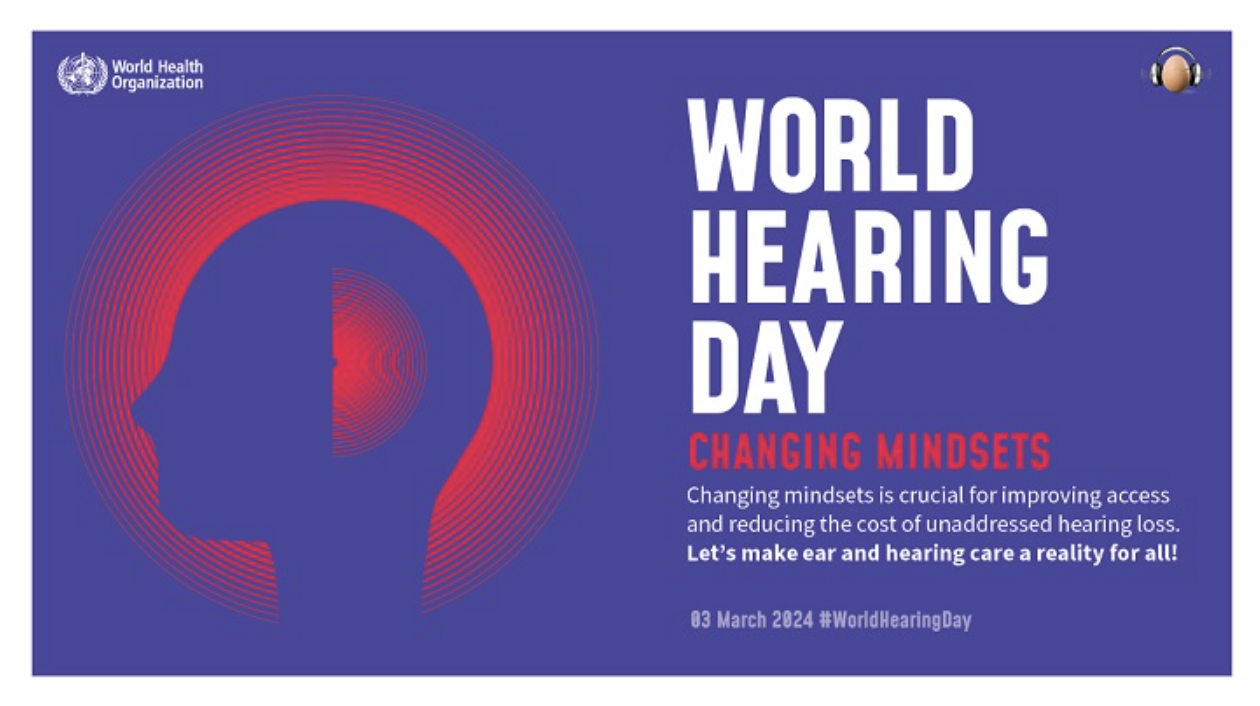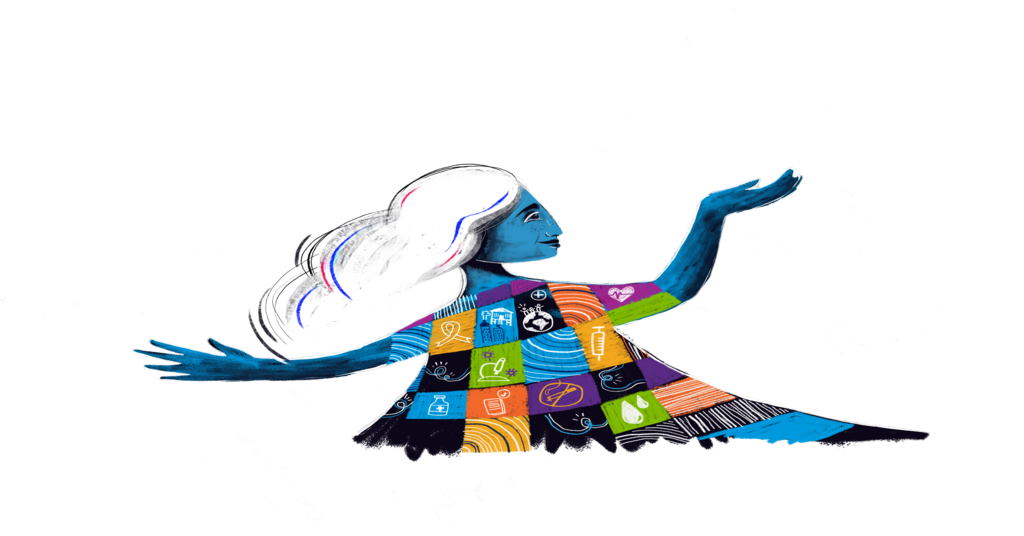
5 Tips for Adjusting to New Hearing Aids at Work
November 14, 2018
The term “Hearing Impaired” is no longer in New York’s law books
November 19, 2018A deafie’s guide to accessing captions anywhere!

If you are deaf or hard of hearing, do you know the best ways to access captions?
Following on from my Captioning Awareness Week article, I figured this is a great chance to write an ultimate guide to access captions!
As explained in the previous blog, captions are beneficial for everyone. Did you know by captioning videos, speeches, and presentations?
- It increases potential viewing figures
- It’s educational, accessible and improves brand image
- Videos appear higher in search algorithms
- Messages reach out to those who play clips without sound
- The D/deaf community can access them and feel included!
Here are some tools on how to access captions!
YouTube
The main video hub where captions would be used!
If the video has captions/subtitles, these can be accessed by clicking the CC button at the bottom of each video.
How to caption YouTube videos
Deaf YouTuber Rikki Poynter, an advocate for #NoMoreCraptions (bad captions) has two videos on how to caption videos!
Jessica Kellgren-Fozard, another deaf YouTuber has released a video series about captions, how to caption videos, why they’re useful and how to get it right!
I was intrigued to find out that Facebook noticed that people often play videos without sound. Either, they’re in a public place and haven’t got their headphones, they’re just casually scrolling through or videos are in different languages etc…
They thought, how could they increase viewing figures? So, they introduced auto-captions.
Read more: Facebook gets deaf-friendly with auto captions
The problem is that Facebook is like YouTube’s auto-captions, they aren’t always correct.
Guess what? You can add own captions to Facebook videos! Use this article to learn how to.
Instagram Stories are one of the awesome new features available, but I noticed how the content isn’t very accessible. There are currently no options to caption these videos, but there are two other options!
- Type what’s being said in each clip using the text function/type mode – as if you were putting a photo caption on.
- Check out apps like Clipomatic. This app auto transcribes what you’re saying in the Instagram story video clip and you can edit the transcription, so if there are incorrect words you can correct them!
Television/On-demand services/DVDs
Usually, there are options to display subtitles/captions on screen either through settings/menus, or by clicking a button on the remote or bottom of the screen. With captions on in just a click of a button, it is the perfect way to chill with the latest accessible series in the comfort of your own home!
Captions on your phone
Did you know, most smartphones have a setting where you can switch captions on for videos? Here’s instructions for Apple, Android, and Windows.
Cinemas and Theatres
Cinemas often show subtitled screenings, check out their websites to see what listings they have. If not, contact your cinema’s manager to ask for more.
Theatres can show performances with captions, either using a captioning box like StageText or through technologies like Subtitle Glasses. Why not contact your local Theatre to see what they can provide?
Read more: Optimizing the movie theater captioning experience
Real-Time Captioning/Speech to Text Reporters
If you require captions to understand meetings, presentations, speeches… you name it – there are organisations that provide Real-Time Captioning, or Speech to Text Reporting/Palantypists. They can transcribe what people are saying directly onto a screen for you to read! Have a browse around to see what’s available in your area.
Captions provided by External Organisations
There are countless organizations out there that provide services to caption videos, provide transcripts and so on. Have a little research to see which one suits you best, and read their reviews of course!
I hope you’ve picked up a tip or two, and I look forward to seeing much more accessible content!
If you have any suggestions, I’d love to hear them in the comments. Please help us raise awareness and spread the word about captions too!



